Growth, Cognitive Razors & MIT
18 September 2022
Welcome back to the Week That Was series highlighting things from the interwebs which are interesting, noteworthy and/or probably worth your time.
Articles📝, Tweet(s)📱, Videos🎥, Charts 📈 all fair game with or without attendant commentary.
🎨 Burnout
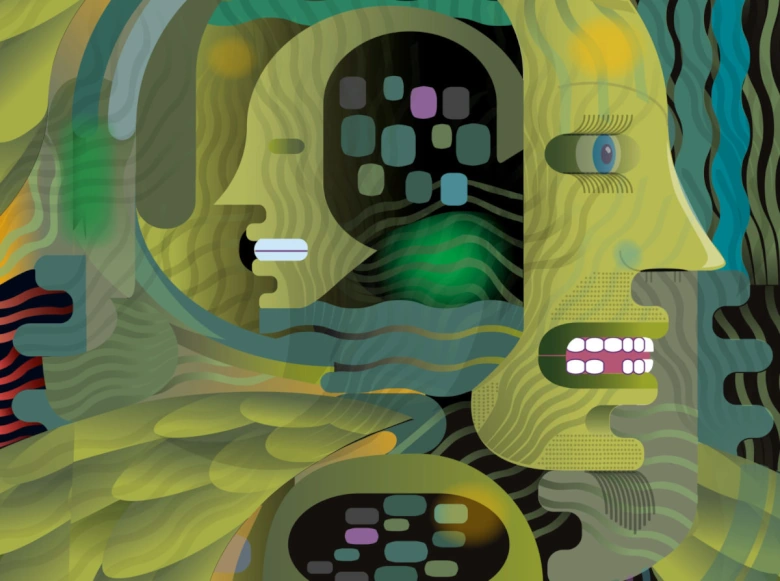
Burnout, Chiara Conti, digital, 2022
🏢📉 Public Companies
Fascinating to see how this list has changed over the last few decades, e.g.:
- The three Japanese firms exited the list
- Microsoft remained in the top 3, tripling it’s market cap
- The shift in Eastern economic power evidenced by the two Chinese firms joining the list
- Dominated by technology firms, specifically software, betraying Marc Andreesen’s quip “Software is eating the world” that unpinned his VC thesis
- Energy, specifically hydrocarbons, remain as relevant as ever
- Walmart remains massively relevant, maintaining it’s huge market cap - even with the rise of Walmart 2.0 (Bezos famously known to cart around his prized copy of Sam Walton’s Made in America biography)

🧠🪒 Cognitive Razors
Sharpen Your Thinking with These 10 Powerful Cognitive Razors

🎙️📝 Demetri’s Essay

Machine Intelligence, Humanity, & the Will to Power
In this episode of Hidden Forces, Demetri Kofinas replays a monologue that he wrote and first published nearly five years ago about the future of humanity, machine intelligence, and the power process.
When he began Hidden Forces, Demetri was primarily concerned with exploring some of the recent advancements in technology and humanity’s scientific understanding of both the external world, as well the internal one that gives rise to the human experience. He believed (and still does) that many of the socio-cultural and political changes that we were experiencing in the world were being strongly influenced and shaped by these advancements, which is why so many of our early episodes were philosophical in nature, dealing with questions of epistemology, identity, and meaning.
In preparing for his recent conversation with director Alex Lee Moyer, Demetri was inspired to go back and listen to a monologue that we published nearly five years ago and which dealt directly with some of these more philosophical questions. The monologue was rooted in a set of observations about the role of digital technology and machine intelligence in shaping our experience of the world, our sense of agency, and our very notions of what it means to be a human being. The monologue is even more relevant today than it was in 2017 when he first wrote it.
We are living through an extortionary moment in human history. Nothing short of our humanity is at stake, whether from the growing possibility of total war, the creeping security state and surveillance capitalism, or even just the abject apathy and nihilism that seems to be infecting more and more of society. If you are a listener of this show, then these issues concern you directly, and while you may not be the CEO of Google or the head of the Federal Communications Commission, your input, activism, and engagement on these issues will be a decisive factor in determining not only the quality of our future, but the quality of the world that we leave for our children and grandchildren.
🤖 Dept. of AI
🎨
“Théâtre D’opéra Spatial”

This piece submitted by Jason M. Allen to the Colorado State Fair’s annual art competition, was created using the Midjourney generative AI program. It just so happened to win the fair’s contest for emerging digital artists - setting off a fierce backlash from artists and commentator.
Quotes from 📰this NYT piece on the topic:
“We’re watching the death of artistry unfold right before our eyes,” one Twitter user wrote.
“This is so gross,” another wrote.
“This isn’t going to stop,” Mr. Allen said. “Art is dead, dude. It’s over. A.I. won. Humans lost.”
Interesting precedent.

On the topic, PromptBase is a generative AI prompt marktetplace where you can buy and sell the prompts you used to create pieces on Midjourney, GPT-3, Stable Diffusion, DALL E and PromptBase itself. Per Ben Evans, “working as a ‘prompt architect’ sounds very Gibsonian”
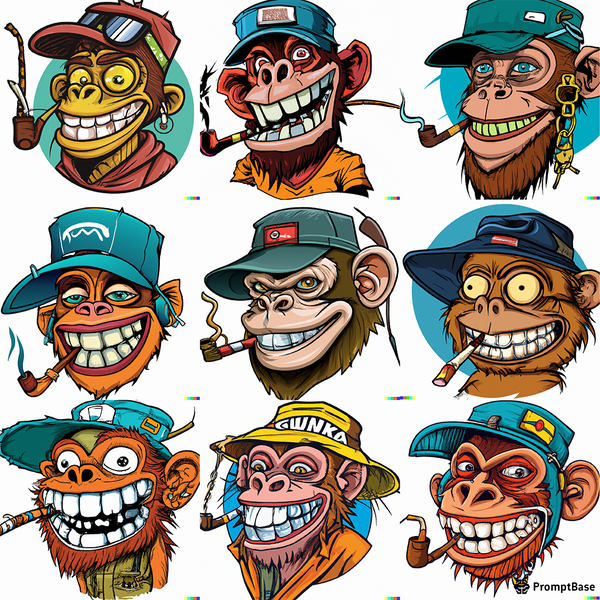
📚
Applied AI and Data Science technologist Smriti Mishra gives a 1 minute explainer to give a sense of what a neural net - the underlying construct behind the above technologies - is.
A neural network is made up of virtual ’neurons’ that are connected in layers. The neurons transmit information and conduct calculations as a result. Weights are also assigned to the connections between neurons.
These weights indicate the importance of information from one layer to the next. The values of the neurons and the connection weights are essentially the network’s free parameters.
By training the network, we want to identify the parameter values that minimise a specified function, referred to as the ’loss function.’ It is an optimization problem, and we solve it using a technique called backpropagation.
Backpropagation implies that if the network produces an unsatisfactory outcome, we go back and adjust the weights of the neurons and their connections. This is how the network learns from its mistakes.

👨🏫📹 MIT Top 5 Lectures
📹MIT OpenCourseWare shares free videos of MIT courses with millions of learners worldwide.
For over 20 years, MIT OpenCourseWare (OCW) has freely shared knowledge with learners and educators around the world by publishing MIT course materials online. Today, over 2,500 MIT courses are available on the NextGen OCW platform with video lectures posted to OCW’s YouTube channel.
Here are the top 5 most-viewed videos of their videos so far, collectively reaching 41.5 million views at the time of this publication.
- Lecture: How to Speak
- Instructor: Patrick Winston
- Complete course: 📚MIT IAP 2018 How to Speak
- Lecture: Introduction to the Human Brain
- Instructor: Nancy Kanwisher
- Complete course: 📚MIT 9.13 The Human Brain
- Lecture: Financial Terms and Concepts
- Instructor: Peter Kempthorne, Choongbum Lee, Vasily Strela, Jake Xia
- Complete course: 📚MIT 18.S096 Topics in Mathematics with Applications in Finance
- Lecture: What is computation; introduction to data types, operators, and variables
- Instructor: Eric Grimson, John Guttag
- Complete course: 📚MIT 6.00 Introduction to Computer Science and Programming
- Lecture: Introduction to Blockchain and Money
- Instructor: Gary Gensler
- Complete course: 📚MIT 15.S12 Blockchain and Money
📜🖥️ Tech Beginnings
31 years ago Linus Torvalds sent this mail announcing the Linux project

Of course, incredibly, it’s since gone on to become by far the most ubiquitous operating system in the world, underpinning the internet to a large degree - and running on the largest number of cellphones.
How YouTube got started

Dept. of Nature
Images taken from current and previous years’ Wildlife Photographer of the Year competition entries curated by the Natural History Museum.
These images were awarded for their artistic composition, technical innovation and truthful interpretation of the natural world.












🖐️🧠 Big Five
Being able to get a good handle on strangers is valuable, from trying to gauge new personal connections to hiring decisions or intelligence operators in the field evaluating potential assets.
Yet the tools to do so empirically are often hard to come by. And although ex-CIA spy Andrew Bustamante who was profiled here recently seems to swear by the MBTI (Myers Briggs Type Indicator) - it’s also been called “corporate astrology” and the Wiki article on it outlines the pushback on it’s efficacy and scientific basis broadly (there’s alot of pushback in many places).
Interestingly however Ethan Mollick’s pointed out the extremely high correlation between the so-called Big Five personality attributes (extraversion, agreeableness, conscientiousness, negative emotionality and openness to experience) and a huge swathe of commonly used psychological scales.
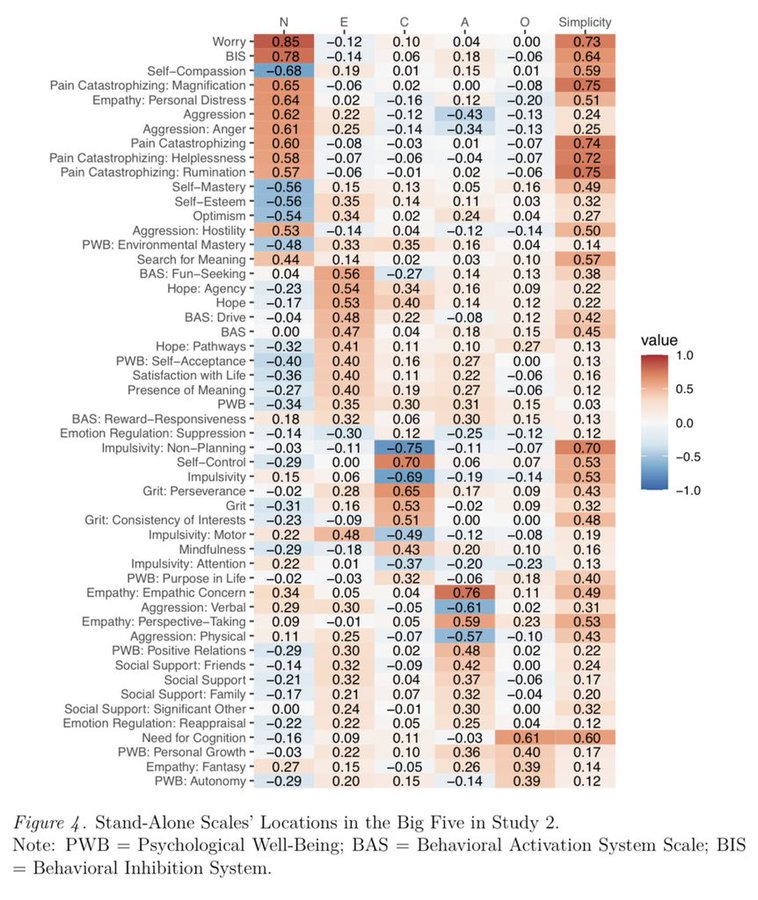
I.e. The Big Five, which you can test yourself here - is currently the gold st andard for personality testing and one of the very few backed by rigorous science.
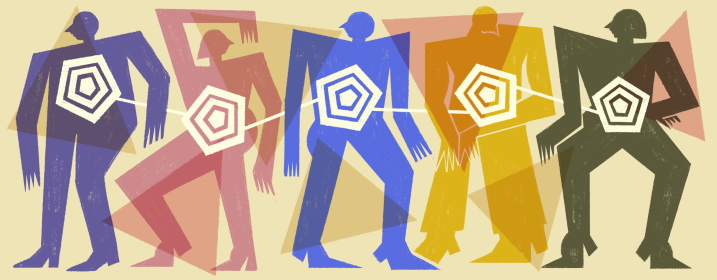
Per Ethan:
Incidentally, you can infer the Big Five from tastes. Two papers show the movies and books you like can be used to accurately predict Big 5 personality traits.

Some examples. If you like:
- 🎥Wes Anderson movies, it predicts high openness to experience
- 🎥Shrek Forever After predicts low openness to experience
- 🎥Corpse Bride predicts high neuroticism
- 🎥Studio Ghibli predicts introversion
- 📕Manga & Drizzt novels also predict introversion
📈🏭 Growth & Emissions
Per Max Roser (as we also pointed out on these pages a few weeks ago):
More and more countries achieve to decouple economic growth from CO₂ emissions. This chart shows the evidence for 25 countries. Growth is up, emissions down.

🎨 Stargazer

Stargazer, Maldha Mohamed, Oil on wood, 2022
📉📈 Cyclical Recreation
Nicholas Decker points out an interesting phenomenon in which elite class families recreated themselves a genetraion after the horrors of the cultural revolution - in a thread taken from a paper called 📚Persistence Despite Revolutions.

The Chinese Communist Revolution was one of the most leveling events in history. The land of the better off was confiscated, and those who were wealthy were denied education. Yet, none of that mattered. Those who wealthy before, went back on top.

🎨 Star Gazer
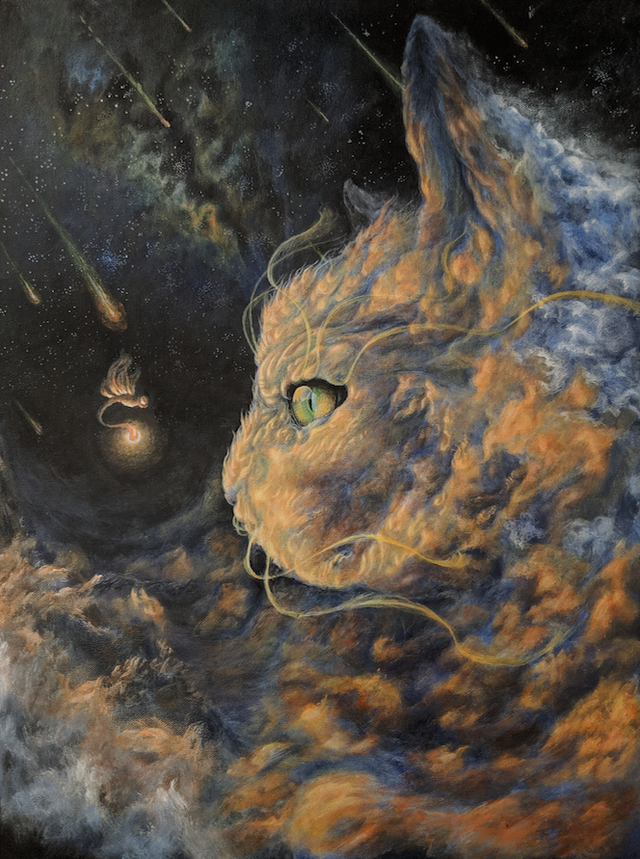
Star Gazer, Luke, Acrylic, 2019
💬 Deep Cuts
“Whenever a theory appears to you as the only possible one, take this as a sign that you have neither understood the theory nor the problem which it was intended to solve.” ― Karl Popper
One More Thing
Jetpacks are now real. https://t.co/ZHGOWZ6uLQ
— Balaji (@balajis) September 17, 2022
📧 Get this periodically in your mailbox
Thanks for reading. Tune in again. And please share with your network.
Links The Week That Was Pickings
fa17eab @ 2023-09-18